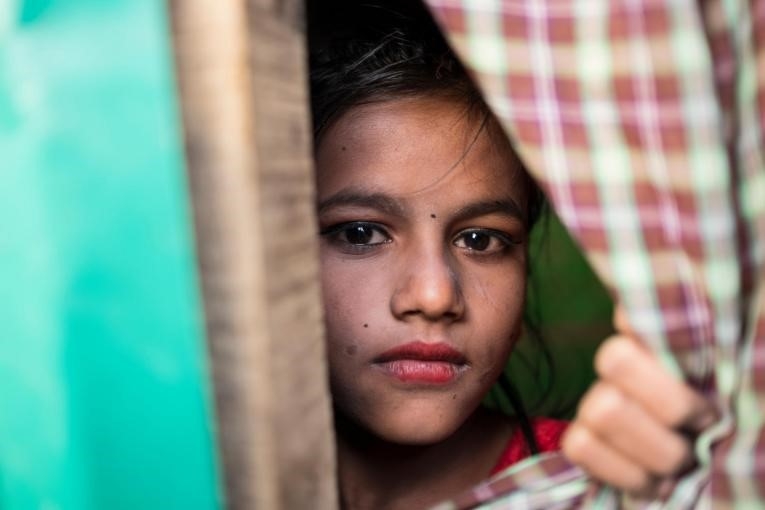Poor, urban children more disadvantaged than their rural peers, says UNICEF

According to a new report from UNICEF titled “Advantage or Paradox: The Challenge for children and young people of growing up urban”, millions of the world’s poorest urban children are less likely to complete primary school than their rural peers. The report also shows that in 1 in 4 countries, the poorest urban children are more likely to die before their fifth birthday.
This concept known as the ‘urban paradox’ illustrates that some of the poorest children in cities are worse off in health, education and well-being than the poorest rural children.
The report illustrates that not all children in cities benefit from the idea of “urban advantage.” This concept emphasises that better infrastructure, higher incomes and advantageous proximity will help urban residents lead better lives.
Laurence Chandy, Director of Data, Research and Policy, UNICEF stated:
“For rural parents, at face-value, the reasons to migrate to cities seem obvious: better access to jobs, health care and education opportunities for their children. But not all urban children are benefitting equally; we find evidence of millions of children in urban areas who fare worse than their rural peers.”
The report identifies 10 indicators of child well-being in primarily low and middle income countries. Out of the 77 countries in the data pool, urban children tend to fare better than rural children, but these averages do not consider the inequalities in urban settings.
Laurence Chandy also added:
“Children should be a focus of urban planning, yet in many cities they are forgotten, with millions of children cut-off from social services in urban slums and informal settlements, and exposed to environmental or health hazards due to overcrowding. Implementing solutions to urban development and planning is crucial to arrest these social and economic disparities.”
Regions of Africa and Asia are rapidly urbanising and statistics demonstrate that up to 1 billion people are living in slums. By 2030, seven of the ten largest cities will be in Asia.
Africa’s urban population rate is increasing at an annual growth rate of 3.7 percent.
In half of the cases, the poorest urban children are two times less likely to have access to basic sanitation services in comparison to wealthy, urban children.
Due to the lack of innovative ways to support the poor, a large number of urban children will be closed off from overall progress. The report calls for the global community and authorities to take action to:
Make urban areas an integral part of programming for children, including the most vulnerable.
Develop the capacities of inclusive urban planning at all levels of government—national, regional and local.
Accelerate the development of urban systems of infrastructure and services to keep pace with current trends of rapid urbanisation.
Find new solutions for mobilising financial resources to improve urban systems and increase equity within urban areas.
Invest in better data and better use of existing data to understand the full extent and dimensions of urban inequity.
The AIDF Global Summit will return to Washington, D.C. in 2019.
If you’d like to stay informed on the latest updates in aid and development, please sign up for the AIDF newsletter.
Photo Credits: UNICEF












-115x71.jpg)


